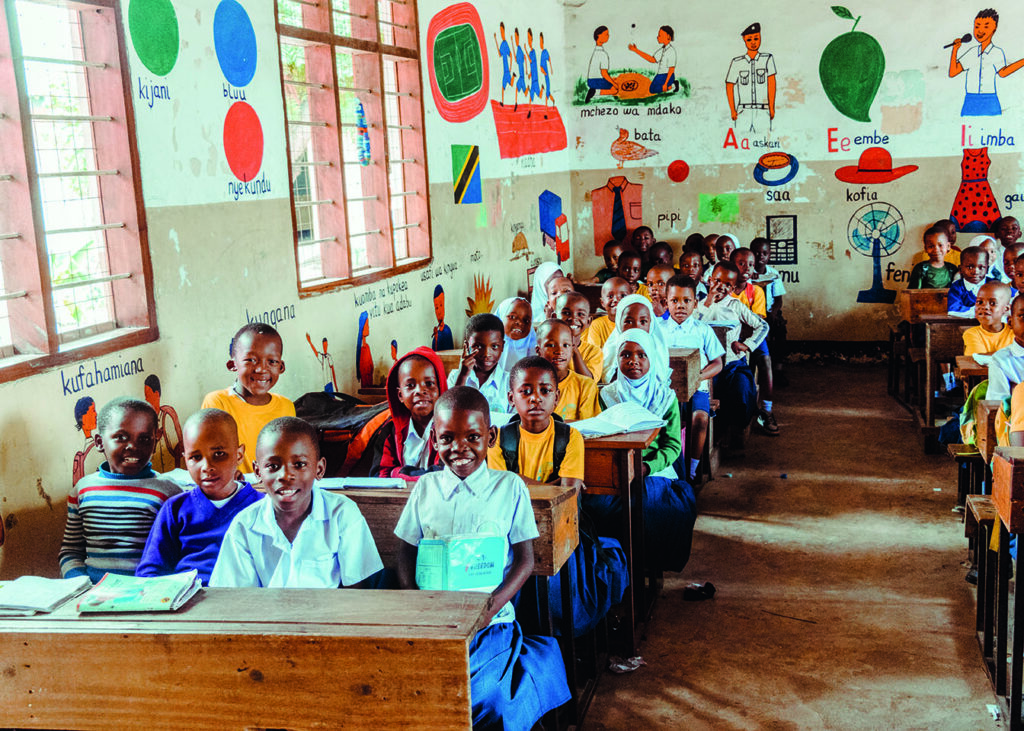Education remains a cornerstone of national development, social equity, and economic growth. While East Africa and Central Asia are separated by geography and history, their education systems reveal striking parallels in challenges, reform efforts, and aspirations. As both regions strive toward achieving Sustainable Development Goal 4 – a quality education for all – they are navigating a complex mix of inherited legacies, limited resources, and shifting societal needs.

East Africa’s education system, shaped by British colonial rule, has evolved through decades of policy reform and expansion. Countries like Kenya, Uganda, and Tanzania have achieved near-universal primary enrolment, yet secondary and tertiary education remain out of reach for many. Similarly, in Central Asia, the remnants of the Soviet education mode – once considered robust and uniform – have undergone significant transformation since the 1990s. Nations such as Kazakhstan, Kyrgyzstan, and Uzbekistan have embarked on reform journeys to modernize outdated curricula, decentralize education governance, and boost access to higher education.
Despite different origins, both regions face common hurdles. Rural-urban disparities are pronounced, with infrastructure gaps, overcrowded classrooms, and undertrained teachers more prevalent in remote areas. Gender inequality also persists, especially among pastoralist communities in East Africa and in conservative parts of Central Asia. Moreover, language continues to pose a challenge – whether it’s harmonizing local languages with English in East Africa or balancing Russian and native tongues in Central Asia.
To address these issues, both regions are embracing innovation. East Africa has seen a surge in mobile learning platforms, particularly in Kenya and Rwanda, where students in remote areas access lessons via SMS or radio. Meanwhile, Central Asia is integrating technology through initiatives like Kazakhstan’s digital schools and Uzbekistan’s online education hubs. Public-private partnerships are flourishing, with non-governmental organizations and international donors playing a vital role in building schools, training teachers, and enhancing vocational education.
Another shared concern is the disconnect between formal education and the labour market. Youth unemployment remains high, even among graduates, in both regions. In response, there is a growing focus on Technical and Vocational Education and Training (TVET), aimed at equipping young people with practical skills and entrepreneurial mindsets. Efforts in Uganda and Tanzania to revamp vocational institutions mirror similar developments in Kazakhstan and Kyrgyzstan.
Global cooperation also features prominently. Central Asia benefits from European Union-supported education platforms, while East Africa collaborates under the East African Community’s educational frameworks. Both regions align their strategies with UNESCO guidelines and frequently exchange expertise with international partners.
Encouragingly, success stories are emerging. Rwanda’s nationwide shift to digital learning and Kenya’s new competency-based curriculum reflect bold steps toward future-ready education. Likewise, Uzbekistan’s liberalization of higher education and Kazakhstan’s Nazarbayev Intellectual Schools highlight promising reform models in Central Asia.
Ultimately, while East Africa and Central Asia differ in cultural and historical context, their shared challenges – and solutions – demonstrate the global nature of education reform. Their stories underscore the importance of inclusive policies, innovation, and cross-border collaboration in ensuring that education not only reaches more learners, but prepares them for a changing world.
by Gareth Stamp
